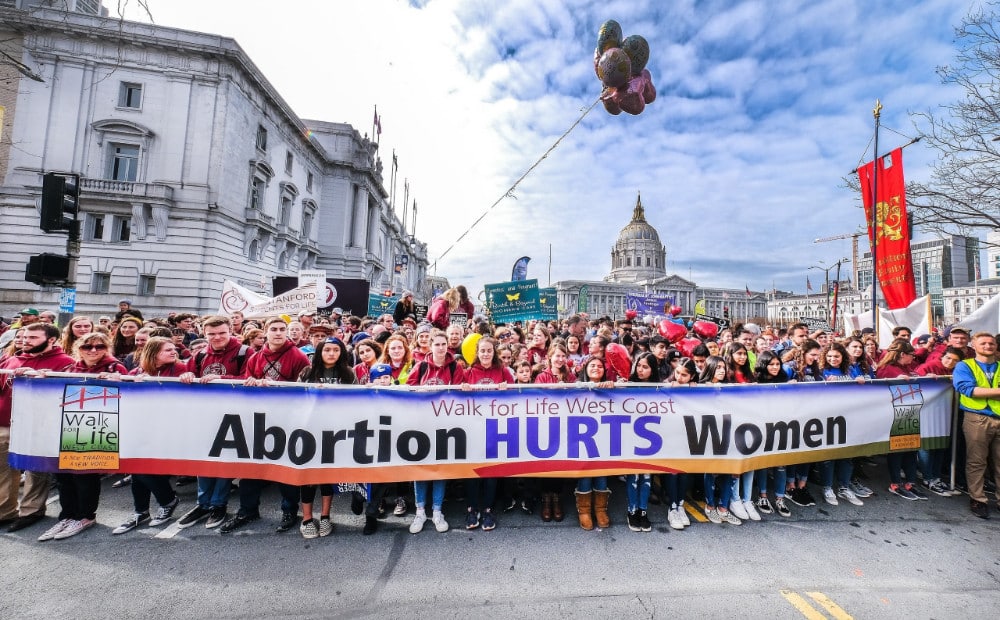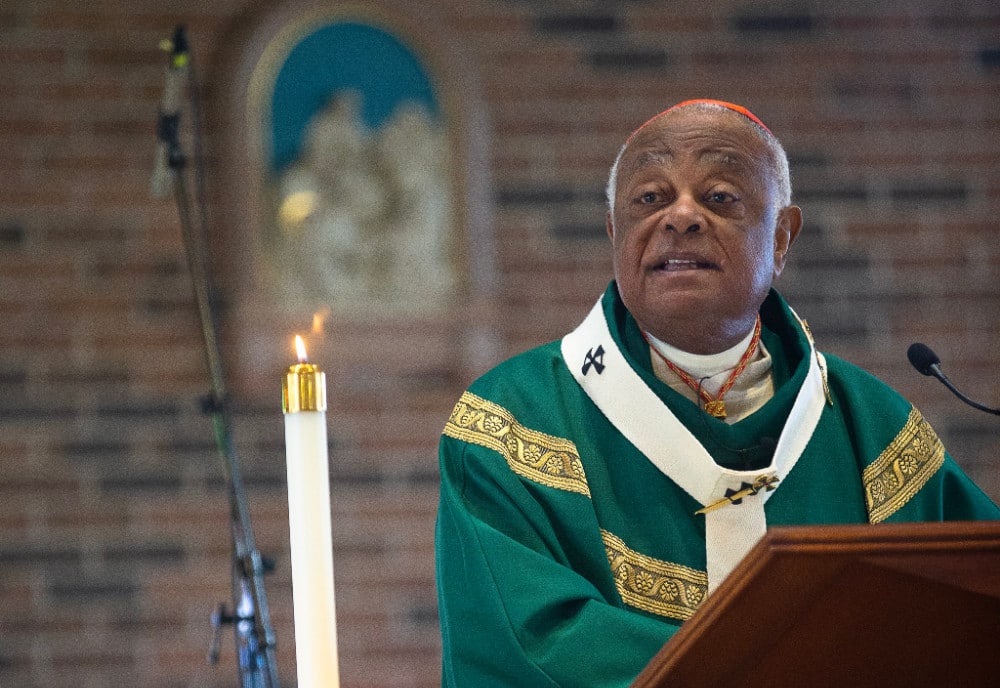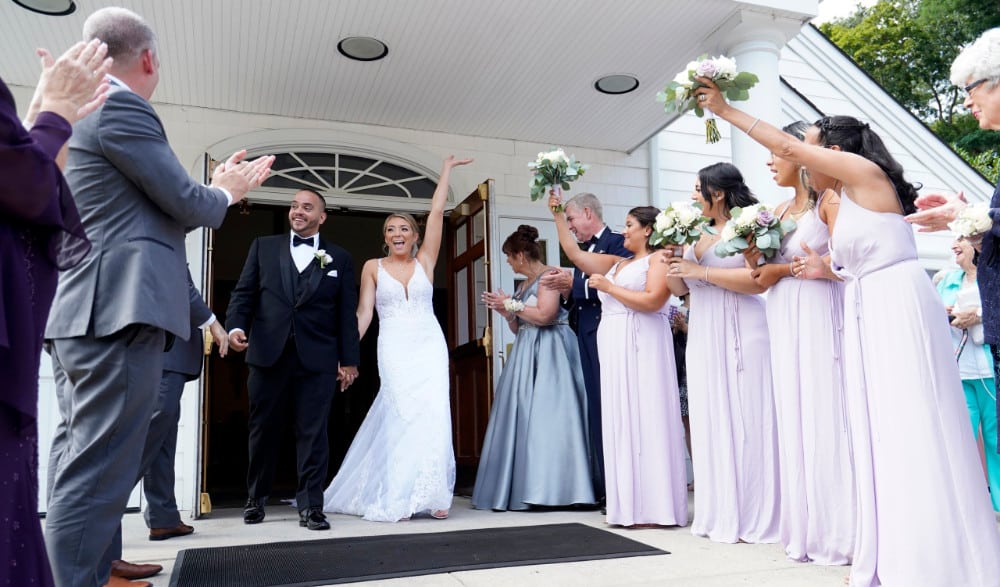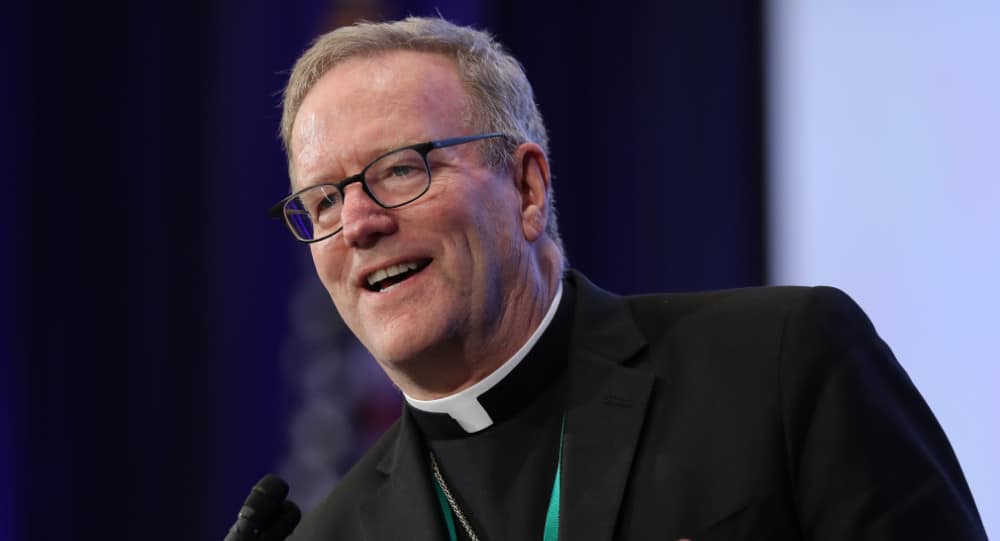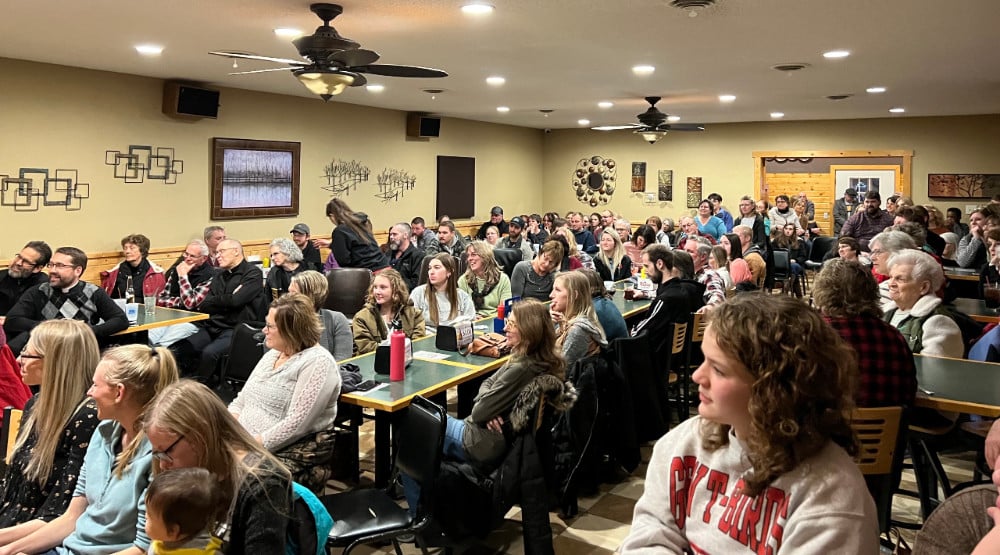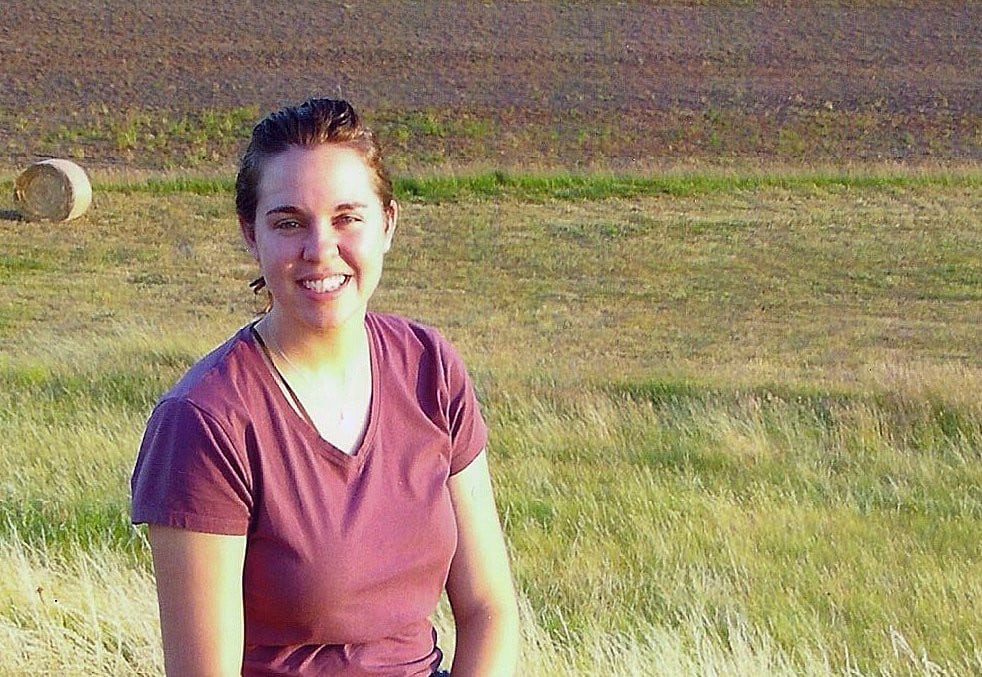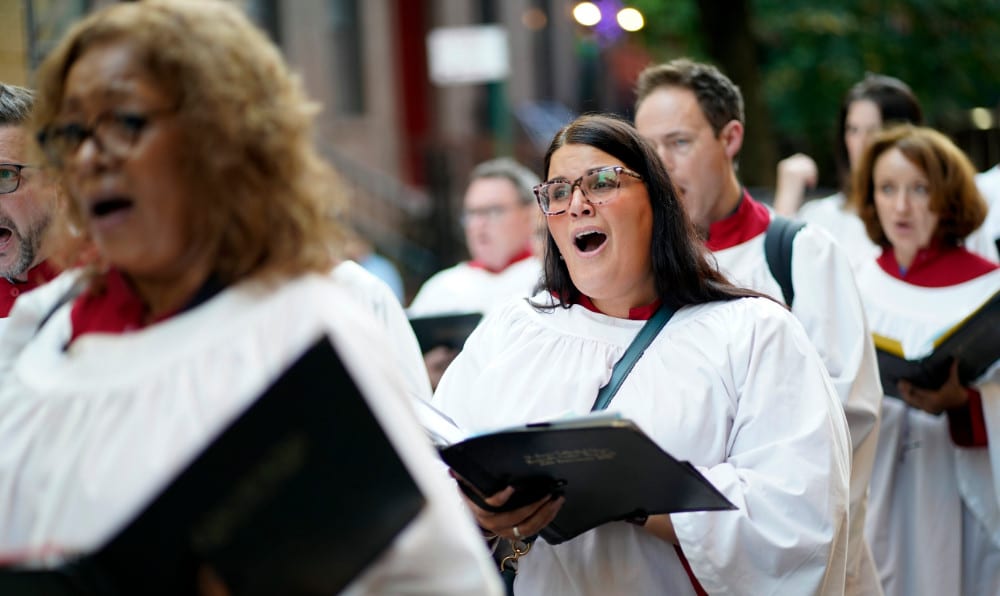(OSV News) –This year, for the first time, the Walk for Life West Coast in San Francisco takes place “in a country where the so-called right to kill an unborn child is no longer the law of the land,” Eva Muntean, co-chair of the walk, told OSV News.
In June, the U.S. Supreme Court overturned Roe v. Wade, the case that declared abortion a constitutionally protected right, with its decision in Dobbs v. Jackson Women’s Health Organization — a result which Muntean called “stupendous, just fantastic.”
But Muntean and other pro-life leaders stress in the wake of Dobbs that the work of changing hearts and minds about abortion, providing women with alternatives to abortion and cultivating a culture of life continues.
“We must and will continue to work, to pray, to provide alternatives, like supporting pro-life medical centers, and above all, be a beacon of hope to women from coast to coast,” said Muntean.
She and co-chair Dolores Meehan said the Walk for Life West Coast, planned for Jan. 21, is as important as ever. Contingents from the dioceses of Stockton, Santa Rosa and Sacramento will be among those joining participants from the San Francisco archdiocese.
In San Francisco, a 9:30 a.m. Mass of the Memorial of St. Agnes precedes an hourlong rally in San Francisco’s Civic Center Plaza, followed by a walk through the city streets. It features a newly composed choral setting of the Mass, commissioned by San Francisco Archbishop Salvatore J. Cordileone, to be sung in English, Spanish and Latin.
Farther south in California, the OneLife LA event remains just as vital too. It takes place the same day and will bring thousands of people together in Los Angeles, said Michael Donaldson, senior director of the Los Angeles archdiocese’s Office of Justice and Peace, which is the event’s chief organizer.
Both cities’ events always occur on the Saturday closest to the Jan. 22 anniversary of the 1973’s Roe decision.
Participants in OneLifeLA walk through downtown Los Angeles to a park featuring speakers, live music, food trucks and booths offering “works of mercy,” such as assistance and information on supporting immigrants and refugees, sheltering the homeless and ministering to families of the incarcerated.
The event concludes with the Requiem Mass for the Unborn at the Cathedral of Our Lady of the Angels celebrated by Los Angeles Archbishop José H. Gomez.
First held in 2015, OneLife LA is not just a one-day event but is “meant to be a movement” to honor the beauty of every life and human dignity throughout the year, Donaldson said. In partnership with several organizations, the archdiocese promotes advocacy across the “full spectrum” of life issues, from conception to natural death and including immigration, homelessness, trafficking, the disabled, and the needs of fostered and adopted children.
But the abortion “battle,” Donaldson said, remains clear.
The passage of Proposition 1 in November has thrown the issue into high relief in California. Voters approved the ballot initiative that explicitly adds rights to abortion and contraception to the state constitution.
Even before the 2022 elections, Gov. Gavin Newsom declared California to be an abortion “sanctuary state.” He signed a number of laws that among other things increase the number of people who can perform abortions and help lower traveling costs for women from abortion-restrictive states who want to get an abortion in the Golden State.
While some states have chosen “to value and protect innocent human life,” Muntean said, “others, like our state of California, have doubled down on the massacre of the innocents.”
News reports said voters “overwhelmingly” voted for Proposition 1, but it was the lowest overall voter turnout since 2014, according to the California secretary of state. Out of California’s 22 million registered voters, just 11 million voted.
“Where were the rest of the voters?” remarked Donaldson.
But amid such voter apathy, he sees an opportunity for the Catholic Church and the pro-life movement in general “to recharge, inspire, instill hope and just enliven people’s drive to stand up for life and honor life in all stages.”
Donaldson sees this as an opportunity for the Church to evangelize, “to be more intentional in our efforts as we inform parishioners, engage with them more, provide more opportunity for dialogue” and do “more family catechesis, walking with our parents more, and with different generations.”
San Francisco’s Archbishop Cordileone told OSV News, “We need to help people envision a world without abortion, where every baby is welcomed.”
Some people say such a world will never be, so why keep trying, he remarked, “but we want people to envision a world without war, and that may seem impossible but people still are working for that.”
Despite the fact abortion is now enshrined in California’s constitution, pro-life advocates are not discouraged, the archbishop added.
“Are we hopeful? We fought Roe for 49 years, and, lo and behold, it did not reach 50,” Muntean said. “We started the Walk for Life in San Francisco, the most anti-life city in the country in the face of media and governmental opposition. We thrive on hope; as Christians, we live in hope.”
Meehan said the Walk for Life West Coast, which was first held in 2005, “is such a shot in the arm.”
“It invigorates people. It shows them they are not alone,” she said. “It encourages (people), it gives them courage, it inspires the clergy and the faithful who are there and lets young people know they’re not alone, that they are very hip being a part of something greater than yourself.”
She added that the young people who attend the Walk for Life West Coast “are on fire” with their pro-life involvement even beyond the annual event, whether they are praying outside Planned Parenthood clinics or starting pro-life clubs at their schools or holding baby showers for expectant mothers.
“Young people want to be useful — we all do,” she said, adding that it’s great to see young people who met their spouse at the walk and are now bringing their own children to the walk.
Julie Asher is senior editor for OSV News.

